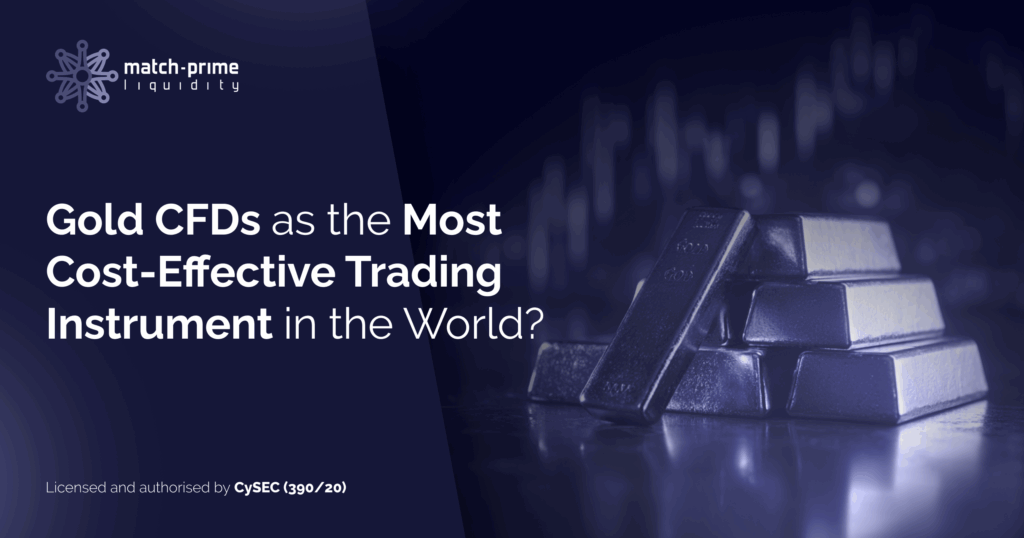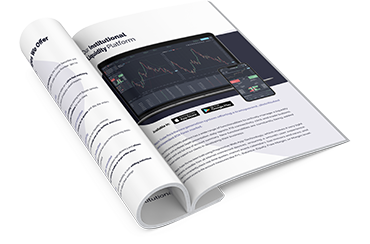Both retail and professional traders have their preferred financial instruments for trading – be it CFDs on EURUSD, US100, or BTCUSD. XAUUSD (gold CFD) consistently tops the charts in terms of global popularity. Does this mean that traders worldwide are experts in gold valuation, supply and demand dynamics, central bank activity, and the latest trends in gold investing? Or is it that XAUUSD possesses certain characteristics highly sought after by traders – specifically, an attractive volatility-to-transaction-cost ratio?

XAUUSD: A Well-Balanced Instrument Offering High Volatility and Low Spreads
When executing dozens or even hundreds of trades, controlling transaction costs becomes critical. At first glance, CFDs on EURUSD appear to offer the lowest nominal spreads – around 0.2 pips (0.00002). However, their volatility potential is relatively limited. In contrast, gold may have a higher nominal spread (0.11–0.12 USD), but its volatility as an instrument is significantly greater.
Volatility can be assessed through implied volatility (IV), which reflects the market’s expectations for future price changes, as derived from options pricing (historical volatility can also be used for comparison). Based on IV data, the average expected annual movement for EURUSD is around 7%, while for XAUUSD it is approximately 17%. In other words, gold is expected to move about 2.5 times more than EURUSD over the course of a year.
Comparing Spreads in Relation to Instrument Value
With EURUSD trading at 1.1600 and a spread of 0.00002, the spread equals approximately 0.00172% of the price.
In comparison, with XAUUSD trading at 3,336.87 USD and a spread of 0.11–0.12 USD, the spread represents about 0.0033–0.0036%.
Thus, the gold spread is about twice as large as that of EURUSD. Since gold’s implied volatility is 2.5 times higher, trading XAUUSD may actually be more cost-effective over time.
XAUUSD vs. EURUSD: Spread vs. Volatility
For EURUSD CFDs, the spread-to-price ratio is approximately 0.0017%, while the implied volatility is 7%. This means the spread accounts for about 0.025% of expected price movement. In contrast, for XAUUSD the spread-to-price ratio is 0.0033–0.0036%, while the implied volatility stands at 17%. This makes the spread only about 0.019–0.021% of expected price movement.
This small but significant difference can have long-term implications for trading strategies. Instruments with higher volatility can compensate for transaction costs more easily. While gold has a nominally higher spread, its cost-to-volatility ratio is actually more favorable than that of EURUSD.
Is the Popularity of XAUUSD Among Traders Driven by Pure Math?
Not everyone is a gold market expert – but when it comes to professional traders, cost-efficiency often dictates instrument choice. For strategies that involve high-frequency trading or short time frames, gold CFDs allow for quicker recovery of transaction costs due to spread, potentially leading to greater long-term portfolio efficiency and account performance.

